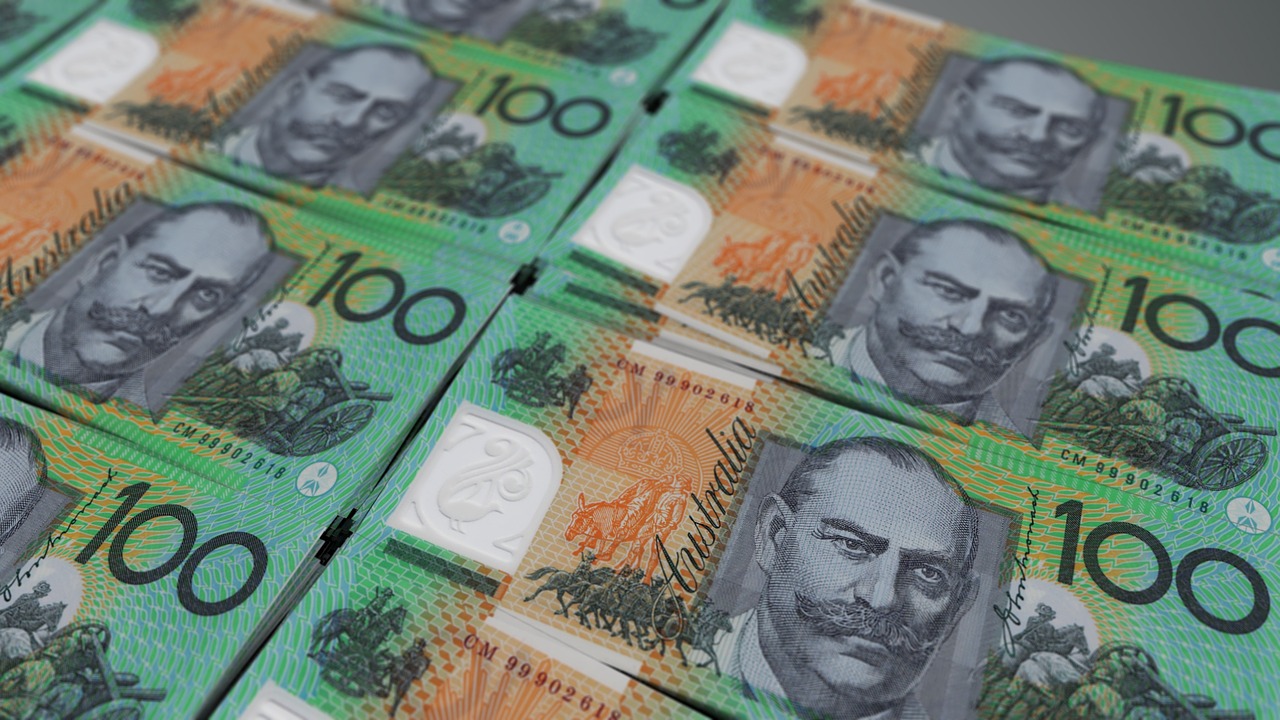Dollar Rises as U.S. Stimulus Hopes Fade and Coronavirus Cases Surge

On Monday, the U.S. dollar gained, as surging COVID-19 cases in the United States and Europe and a lack of progress on negotiations for a U.S. stimulus package prompted traders to be cautious. Nancy Pelosi, the U.S. House Speaker, said on Sunday that she was expected a response from the White House on Monday about the latest stimulus plan, but there is little evidence to indicate that a deal will be reached. In the last two days, the United States recorded its highest number of new coronavirus cases and the same thing happened in France. A new state of emergency was implemented in Spain and bars and restaurants in Italy are ordered to close down at 6 p.m.
In fact, the media announcement about the vaccine by AstraZeneca/Oxford that has proven successful amongst the elderly and that a major British hospital had been ordered to prepare for it as early as the next month also failed to have any impact on market sentiment. According to analysts, the only reason markets didn’t crash on Monday was because of the hopes for a vaccine. Since there are a number of vaccines for COVID-19 in the pipeline, the markets had remained stable. Otherwise, it would have resulted in a major market reset with coronavirus cases flaring up in almost every corner of the globe during the weekend.
There was a 0.2% increase in an index that was tracking the U.S. dollar against a basket of other major currencies, as it was around 92.95=USD. Part of the index and the most traded currency pair EUR/USD declined by 0.3% to reach 1.1831. There was also a 0.1% increase in the dollar against the Japanese yen at 104.87. The Australian dollar and the Norwegian crown were the biggest losers amongst major currencies, with the former enjoying hefty returns last week, as traders had decided to take on more risk.
The Australian dollar had last been down by 0.3% to trade at 0.7118. The Nokkie had lost by 0.9% against the dollar to trade at 9.3015, while it had declined by 0.7% against the Euro to trade at 11.0050, after reaching a three-week low at 11.0190. This week, stricter measures will be announced by Norway for limiting the spread of the coronavirus after a jump in the number of cases. Traders will also be keeping their eye out for the business survey at 0800 GMT by German Ifo. According to economists, they believe that there will be an improvement in current conditions.
Elsewhere, the British pound lost some ground during the early trading hours. It fell by 0.3% to reach $1.2995, but remained quite stable against the Euro at 91 pence. As far as the Chinese yuan is concerned, it fell by 0.4% against the U.S. dollar in the offshore market to reach 6.6907, as the Chinese government has begun discussions about its economic plans for the country from 2021-2025. The markets remain cautious for now as the second wave of the coronavirus is making itself known.


















